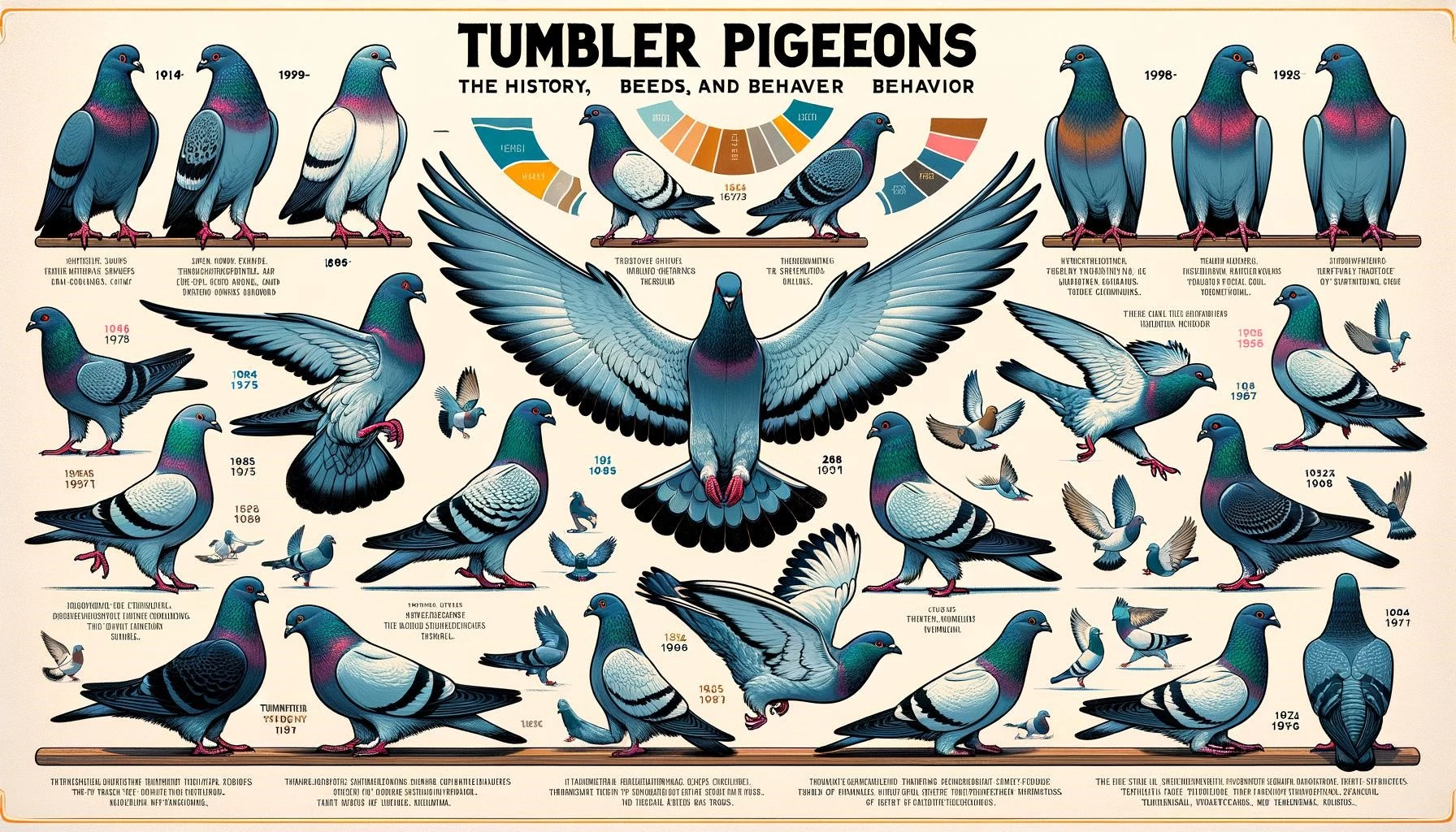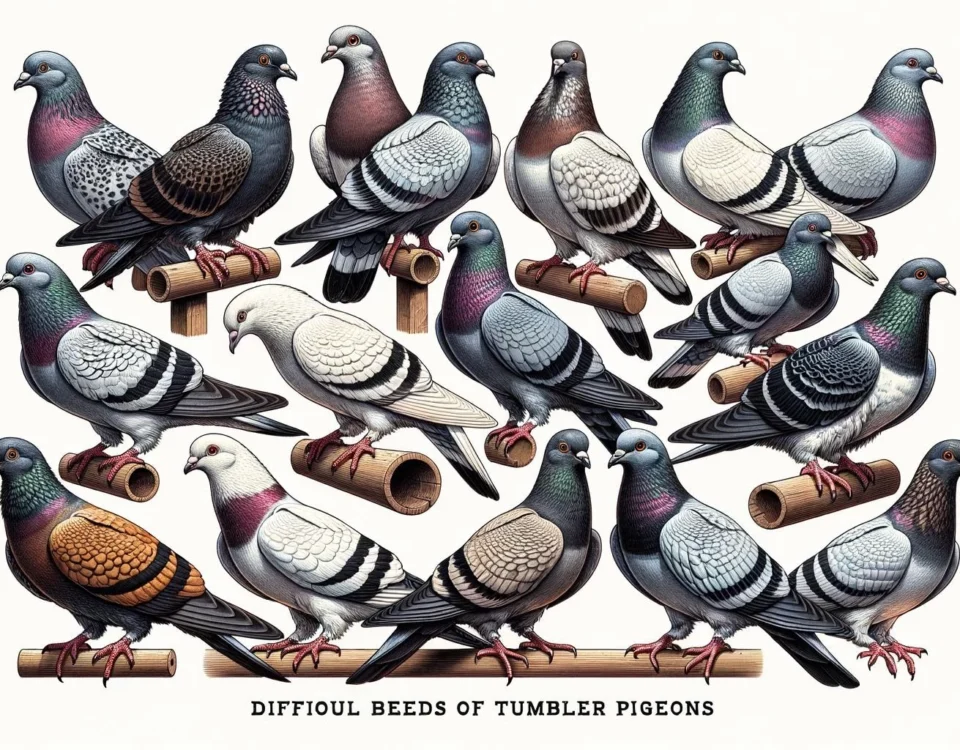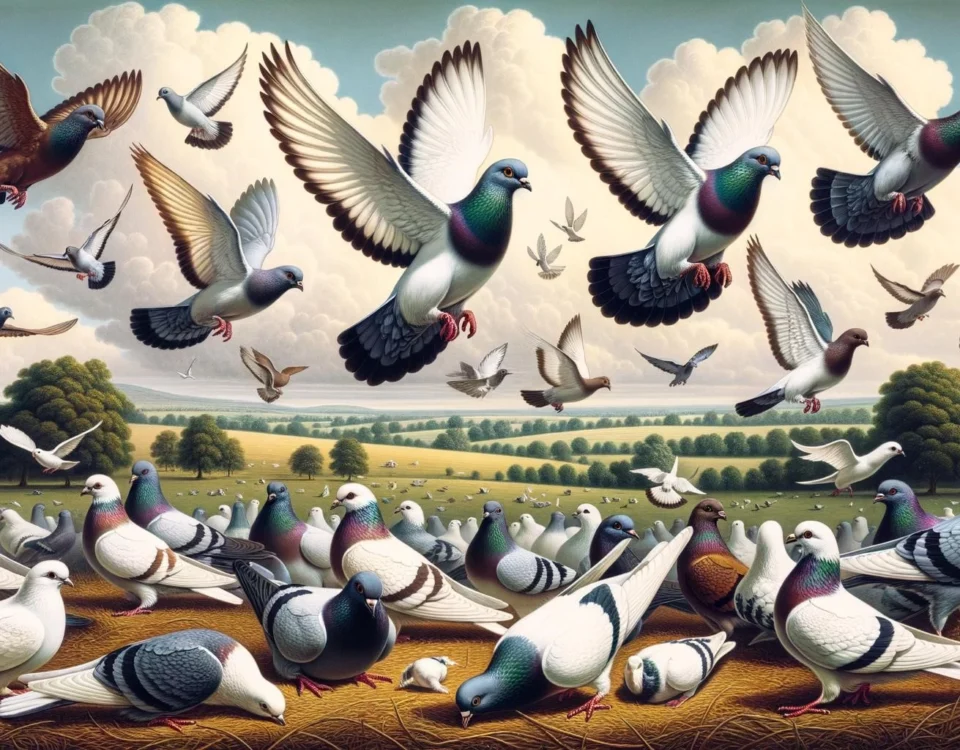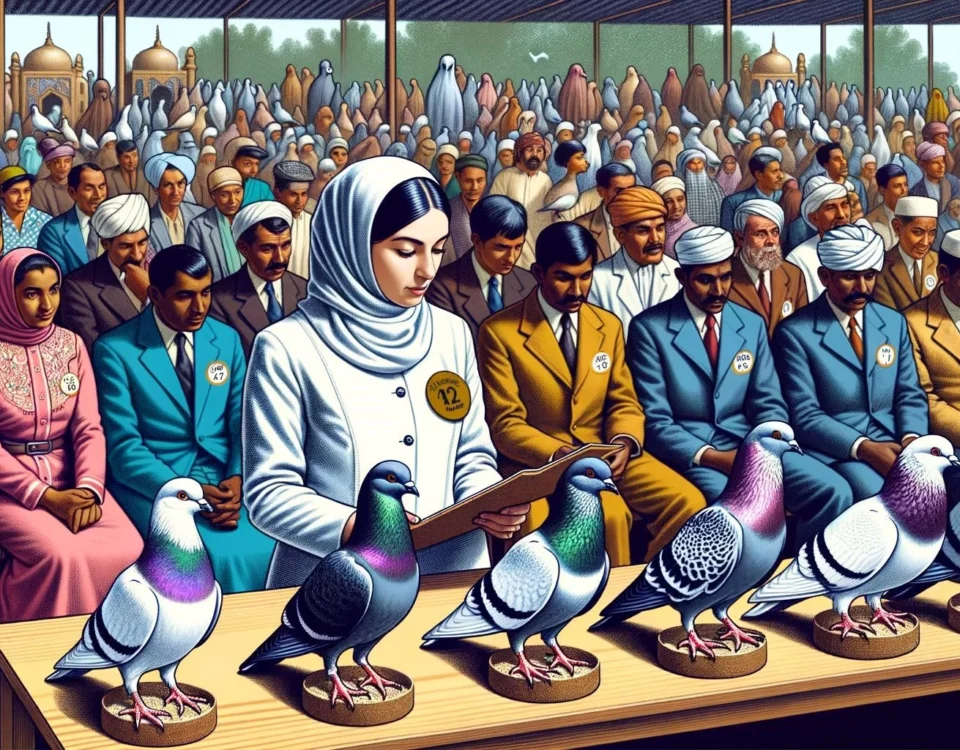Tumbler pigeons are a variety of domesticated pigeons that have been selectively bred for their ability to tumble or roll over backwards in flight. This unique trait has been known in domesticated pigeon breeds for centuries and has been cultivated through breeding programs to create specific tumbler pigeon varieties. Tumbler pigeons come in a wide variety of breeds, each with its own physical appearance, personality traits, and history.
Key Takeaways
- Tumbler pigeons are descendants of the rock dove and have been selectively bred for their ability to tumble or roll over backwards in flight.
- There are various breeds of tumbler pigeons, each with its own physical appearance, personality traits, and history.
- Tumbler pigeons have been bred for exhibition purposes, but in some cases, the tumbling ability has become exaggerated and abnormal.
- Tumbling behavior in pigeons is controlled by the excitation of neck muscles, and it can serve as a form of social interaction or courtship display.
- While tumbler pigeons are prized for their acrobatic abilities, they are also an important member of the urban ecosystem.
The History and Breeds of Tumbler Pigeons
Tumbler pigeons have a long history, with references to their tumbling ability existing in India before the year 1590. Charles Darwin also mentions the Short Faced Tumbler in his book ″The Origin of Species,″ which was a popular breed during his lifetime and can still be found exhibited at pigeon shows today. Over the years, many pigeon breeders have selectively bred tumbler pigeons for exhibition purposes, which has resulted in various breeds with different physical characteristics and tumbling abilities.
Some of the well-known tumbler pigeon breeds include the Berlin Short-faced Tumbler, Old English Tumbler, West of England Tumbler, American Flying Tumbler, Baja Tumbler, and Komorn Tumbler. Each breed has its own unique traits and appearance, ranging from different plumage colors to specific facial features.
Tumbling Behavior and Ecology
Tumbling behavior in pigeons is controlled by the excitation of neck muscles. Tumblers can perform backward somersaults in flight or on the ground, showcasing their acrobatic skills. This tumbling behavior can serve as a form of social interaction among pigeons, helping establish hierarchy within a flock or acting as a means of courtship to attract potential mates. It can signal strength, agility, and dominance to other pigeons.
Beyond their acrobatics, tumbler pigeons also play a significant role in the urban ecosystem. They are often taken for granted, but they are an important part of the wildlife interaction in urban areas. Dr. Stella Capoccia, while conducting an urban ecology study in Butte, Montana, noticed the significance of pigeons as an important member of the urban ecosystem. They contribute to seed dispersal and act as scavengers, helping to keep the environment clean.
Caring for Tumbler Pigeons
Proper care and nutrition are crucial for the health and well-being of tumbler pigeons. They should be fed a good quality seed and grain mix, along with a commercial pigeon feed to ensure they receive the necessary nutrients. Their diet may also be varied seasonally for racing and breeding pigeons.
Creating a suitable environment for tumbler pigeons is also essential. A spacious and well-ventilated location with adequate sunlight is important. The location should be free from potential predators and harmful toxins. Providing nesting materials, training, and regular veterinary care are also important aspects of caring for tumbler pigeons.
In conclusion, tumbler pigeons are a fascinating variety of domesticated pigeons that have been bred for their unique ability to tumble or roll over backwards in flight. They come in various breeds, each with its own physical traits and tumbling abilities. Tumbling behavior serves as a social interaction mechanism and has an ecological role within the urban ecosystem. Proper care and nutrition are important for the health and well-being of tumbler pigeons.









